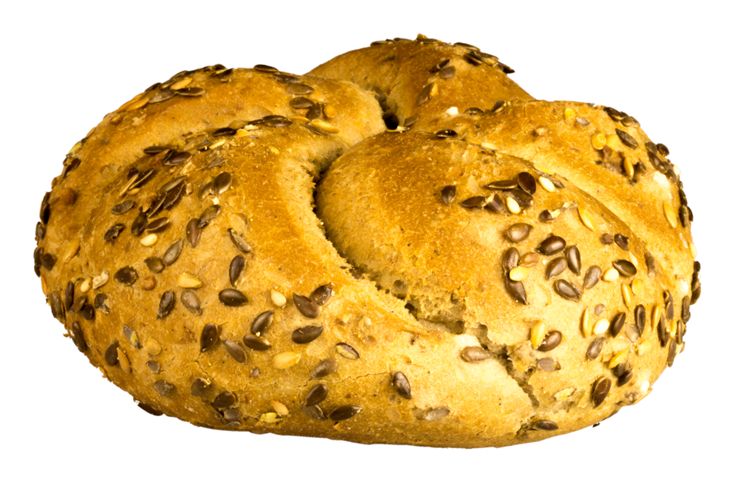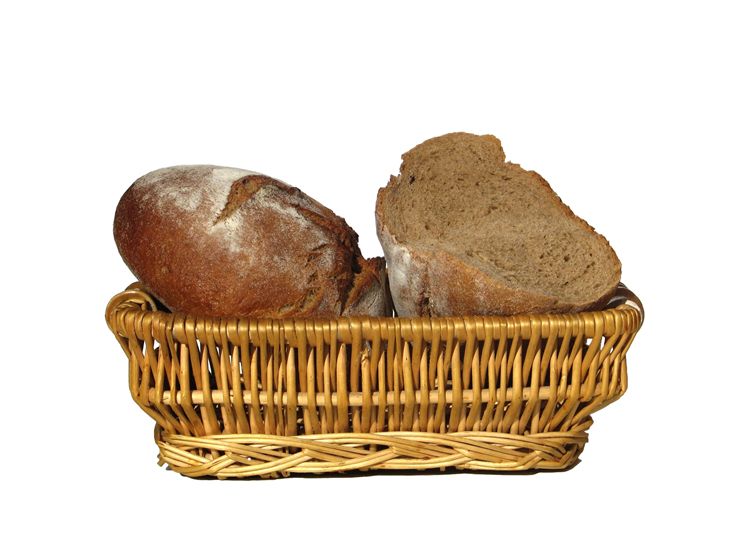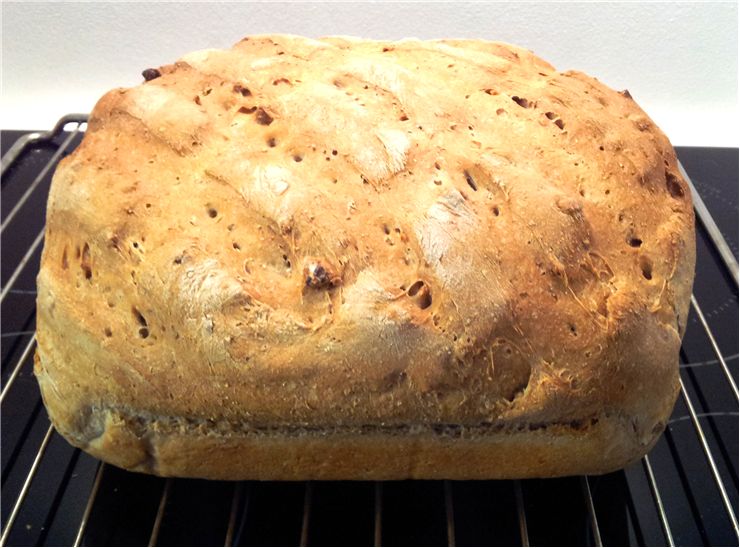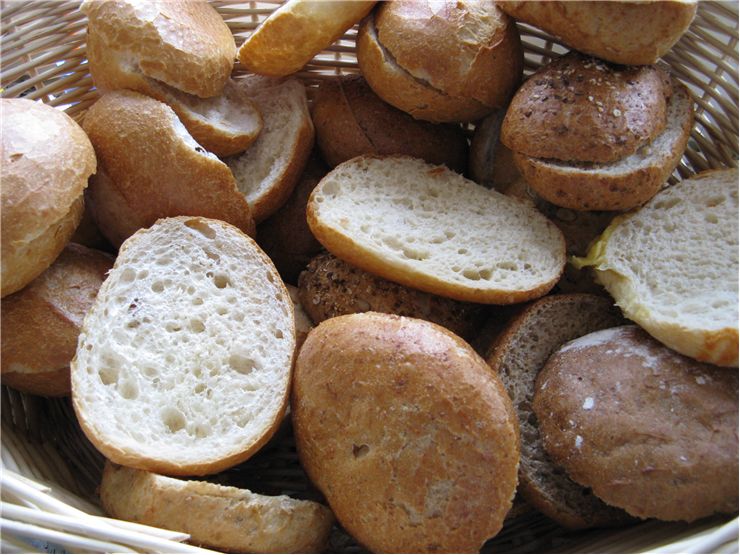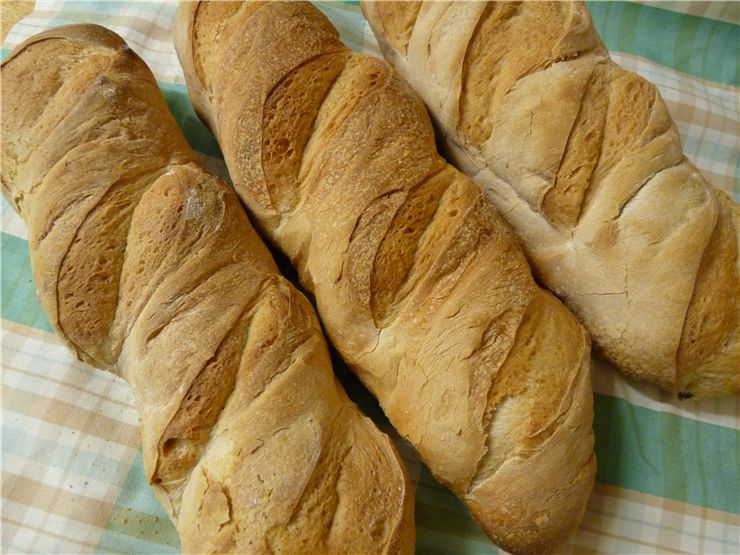Origins of Bread and Bakery
Bread is a staple food prepared by baking dough of flour and water. Bread is probably the most widely consumed food in the world. It is portable and compact, and also an important source of carbohydrates which tells us a lot why it has been a very important part of our diet for at least 30,000 years.
It is not known how the first bread was made but it probably came to be from accidental cooking or deliberate experimentation with water and grain flour because it is known that prehistoric men were already been making gruel from water and grains. The earliest evidence for flour comes from archeological findings that are 30,000 years old and date from the Upper Paleolithic in Europe. This flour was likely processed into unleavened bread. But that moment was too early in history to say that the bread was a staple food at that time because at the time of hunting and gathering Paleolithic European diets were based mainly on animal proteins and fats because Paleolithic European diets were based mainly on animal proteins and fats. Bread took its place as a staple food during the Neolithic, some 10,000 years ago. That was the time when wheat and barley were domesticated in Mesopotamia and near Nile. With transfer from hunter-gatherer subsistence to agricultural diets, bread becomes more dominant in the diets of peoples but the material for its making depended on cereals that grew locally. That changed people from nomads to farmers, led to the formation of towns and with that changed society for ever. Bread marked that change.
In the ancient times appeared the first complex techniques of baking bread. One of them was to retain a piece of dough from the previous day to use as a form of sourdough starter which will start fermentation in the dough and allow it to rise from which the bread will last longer and have better flavor. Gauls and Iberians used the foam skimmed from beer for a starter while peoples that drank wine and had no beer, used a paste composed of grape must for that same purpose. The first free-standing ovens with a door for access were made in Ancient Greece. Different breads were also made like barley bread and wheaten bread as well as cakes, cookies, and pastries.
In medieval Europe, bread was also used as a plate. A piece of stale bread 15 cm by 10 cm, called “trencher”, was used as an absorbent plate. When the meal was finished trencher could then be eaten, given to the poor or fed to the dogs. Plates made of wood first time appeared in 15th century.
In the modern times, baking of the bread is industrialized. Bread is made much faster at the expense of taste and nutrition. The white bread was always the preferred bread of the rich while the poor ate dark, whole grain, bread while at the end of the 20th century that idea changes and whole grain bread becoming preferred as healthier while white bread became reserved for the poor. Chemical additives are also added to speed up mixing time and reduce necessary fermentation time.
